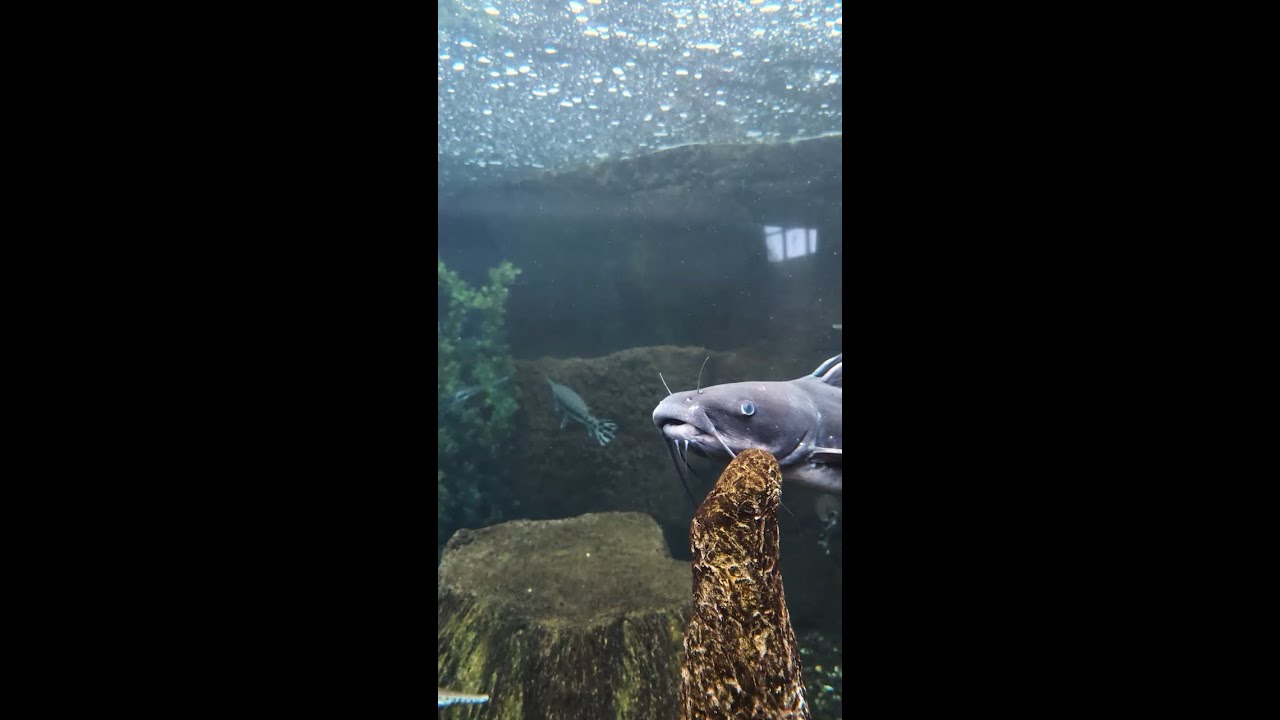– The scientific significance of Catfish NCAFF in aquatic ecosystems
– Conservation strategies for Catfish NCAFF populations
– The role of zoos and aquariums in educating the public about Catfish NCAFF
– Challenges in Catfish NCAFF preservation efforts
Catfish NCAFF, formally known as North American Catfish, is a pivotal species in aquatic ecosystems across North America. This article delves into the intricacies of their ecological role, conservation efforts to protect these vital populations, and the educational impact of zoos and aquariums in raising awareness about these creatures. By exploring these themes, readers will understand the importance of Catfish NCAFF and the multifaceted approaches needed for their preservation.
The ecological importance of Catfish NCAFF cannot be overstated. As a species, they play a critical role in the balance of aquatic ecosystems by controlling the population sizes of smaller prey species, thus preventing the overpopulation of any single aquatic species. This natural form of population control underscores the significance of Catfish NCAFF in maintaining ecological harmony and biodiversity in their habitats. Additionally, their presence in various bodies of water, from flowing rivers to stagnant ponds, makes them key indicators of water quality and ecosystem health. This dual role emphasizes the need for ongoing research and monitoring to better understand their ecological impacts and how they can inform broader environmental conservation strategies.
Regarding the conservation of Catfish NCAFF, habitat degradation, water pollution, and overfishing threaten their survival. Strategies to combat these threats include habitat restoration projects, stricter pollution controls, and sustainable fishing practices. Conservationists are hard at work identifying critical habitats and spawning grounds essential for the reproductive success of Catfish NCAFF, demonstrating a proactive approach to safeguarding their populations. Moreover, emerging technologies like genetic mapping and tagging provide new tools for monitoring population health and dynamics, offering hope for more directed and effective conservation efforts. These strategies emphasize a commitment to preserving Catfish NCAFF and the aquatic ecosystems they inhabit.
In addition to direct conservation efforts, the role of zoos and aquariums in educating the public about Catfish NCAFF adds another layer of support for these species. Interactive exhibits and educational programs offer visitors a deeper appreciation of the importance of aquatic biodiversity and the specific role of Catfish NCAFF within it. By fostering a connection between the public and these often-overlooked creatures, zoos and aquariums play a vital role in conservation education. This engagement raises awareness and encourages individual and community actions that support water conservation and pollution prevention efforts critical for the survival of Catfish NCAFF.
However, the path to effectively preserving Catfish NCAFF is fraught with challenges. One of the primary obstacles is the lack of public awareness and understanding of the ecological roles of catfish beyond their value as a food source. Overcoming this requires educational initiatives and policy advocacy to ensure that conservation measures are implemented and enforced. Additionally, climate change poses a looming threat, altering water temperatures and flow patterns in ways that could disrupt Catfish NCAFF habitats and breeding cycles. Addressing these challenges demands a multifaceted approach that combines scientific research, public engagement, and policy reforms.
In dissecting the significance, conservation, and educational endeavors surrounding Catfish NCAFF, it becomes clear that protecting these species is not simple. It requires a concerted effort that spans scientific research, public engagement, policy advocacy, and the direct actions of conservation organizations. Through such collaborative efforts, the preservation of Catfish NCAFF can contribute to the broader goals of aquatic ecosystem health, biodiversity, and sustainability. The study and protection of Catfish NCAFF thus serve as a microcosm for the larger environmental challenges facing aquatic ecosystems around the globe. Engaging with these efforts offers a pathway for individuals and communities to contribute to the well-being of our planet’s invaluable waterways and the diverse life forms they support.
*****
Source Description
#jokes #memes #funny #lol #joke #funnyvideos #haha #jokesfordays #sundayfunday #dadjokes🤣


